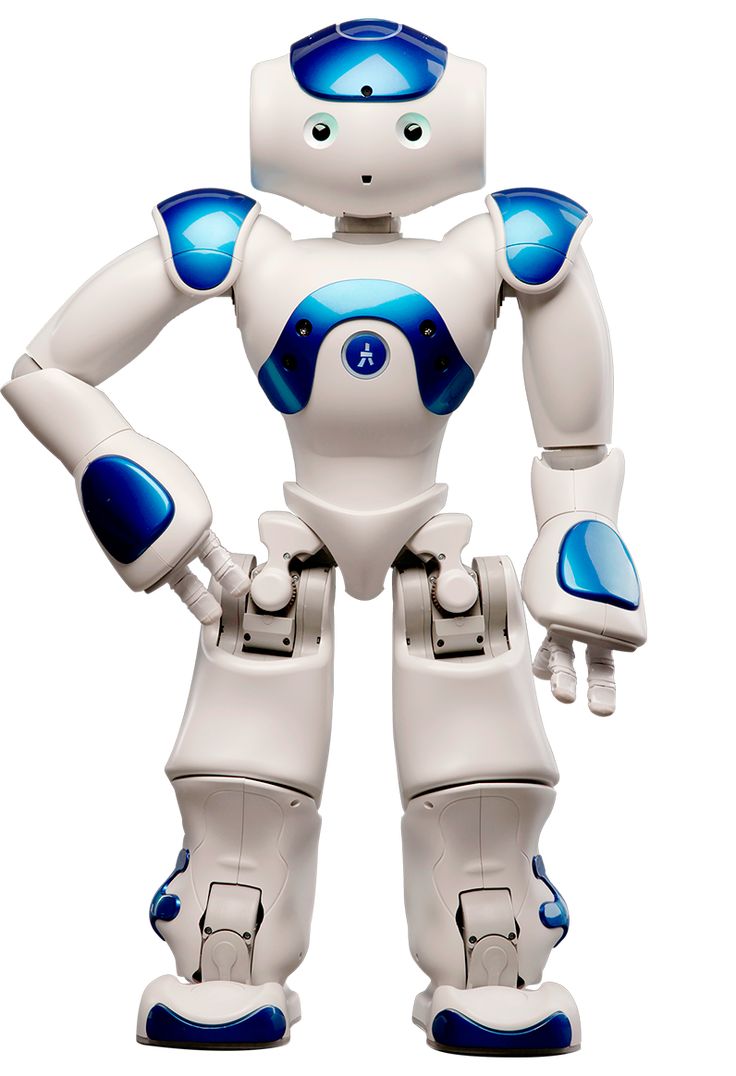Unlocking Insights: Trash Can Robots and Human Interaction.
The allure of simple robots lies in their ability to evoke human responses, making interactions intriguing. At HRI 2023, Cornell University researchers delved into the world of human-robot interaction (HRI) through an unconventional lens: trash can robots in New York City.
These robots, fashioned from standard 32-gallon tanks mounted on modified hoverboards, showcased the intricate dance of human-machine interaction. Controlled remotely and adorned with municipal color codes, these trash can robots became unwitting participants in a social experiment.
Surprisingly, despite lacking explicit HRI functionalities, these robots sparked significant human engagement. Observers noted that movements, albeit remotely controlled, often mirrored human expressions, blurring the lines between autonomy and human intervention.
A notable observation was the inherent mistrust towards autonomy, with mishaps reinforcing perceptions of poor navigation or social ineptitude. Yet, amidst occasional stumbles on uneven sidewalks, humans willingly came to the robots' aid, symbolizing a subconscious inclination towards assistance.
What's intriguing is the anthropomorphic attribution of internal motivation to robot behavior. People, perceiving robots as recipients, felt compelled to "feed" them with garbage, akin to satisfying a sentient being's needs. This phenomenon underscores the innate tendency to project human traits onto machines, fostering a symbiotic relationship between man and robot.
Furthermore, this dynamic mirrors societal roles, with robots assuming a quasi-beggar status, soliciting "alms" and anticipating gratitude akin to human benevolence. Such parallels shed light on the intricacies of human psyche in the realm of robotics.
As showcased in the report "Trash Barrel Robots in the City," presented at HRI 2023 in Stockholm, Sweden, these insights illuminate the nuanced dynamics of human-robot interaction, transcending conventional perceptions of autonomy and fostering deeper understanding in the ever-evolving landscape of robotics.














